Inside the Syrian jails where thousands of inmates endured 72 types of torture
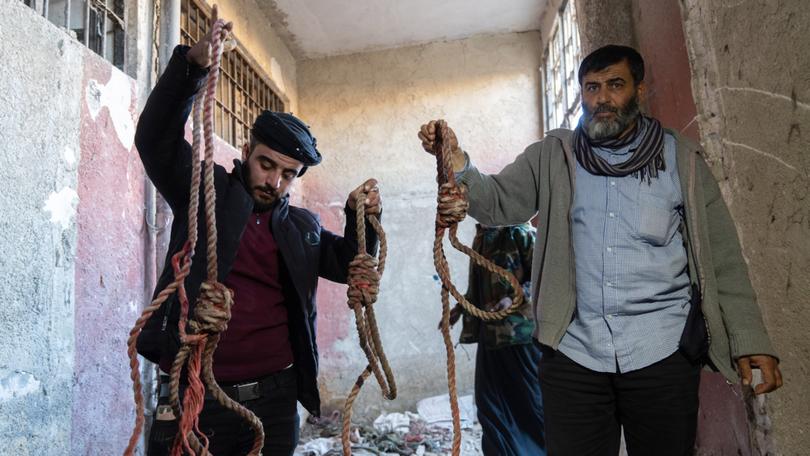
He called himself Hitler and loved to put on “entertainments”.
To amuse his dinner guests, he would force the prisoners in his charge to act as dogs, donkeys, cats or other animals.
Those who failed to play their part would be beaten.
Sign up to The Nightly's newsletters.
Get the first look at the digital newspaper, curated daily stories and breaking headlines delivered to your inbox.
By continuing you agree to our Terms and Privacy Policy.“The dog has to bark, the cat meow, the rooster crow,” recalled a former inmate.
“Hitler tries to tame them. When he pets one dog the other dog should act jealous.”
“Hitler” was a guard at a prison at the Mezze Air Base in Damascus and his sadism was unyielding even by the standards of Assad’s Syria.
At Mezze, guards would regularly hang prisoners from a fence naked and spray water on them during cold nights.
The New York Times described how one prisoner there was crammed into a tyre and beaten.
He said an officer once told him that a screaming woman also in the prison but out of sight was his mother.
He counted 19 cellmates who died from disease, torture or neglect in a single month.
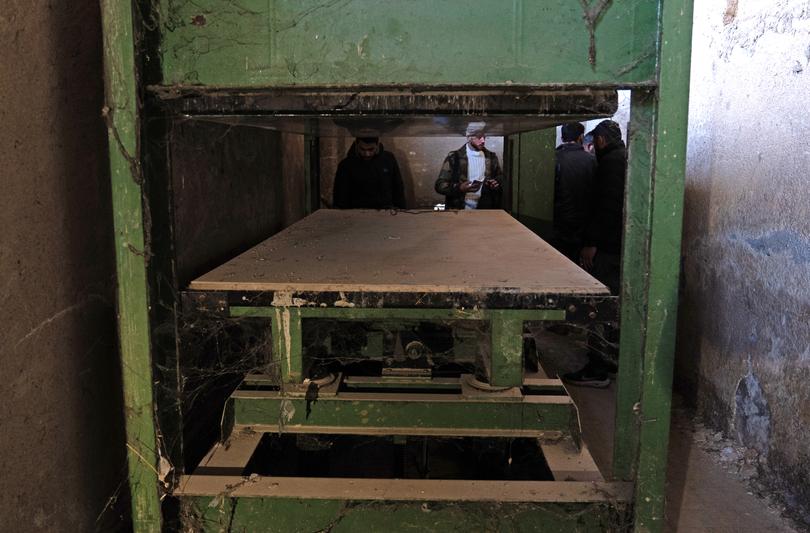
Since Assad’s fall, my social media feeds have swelled with images of rebels storming prisons, of bewildered prisoners stumbling through opened doors, of crying women blinking in daylight, and a toddler wandering out of an open cell door.
There are scenes of men drilling into steel plates to reveal layers of prisoners wedged into the earth in hidden underground cells.
In one video I cannot get out of my head, a male figure sits upright on a bed, one foot manacled to its end.
So motionless is he that, after watching it over a dozen times, I still genuinely cannot tell if he is a human or a mannequin.
A video posted by a Turkish journalist on X shows a group of released prisoners running through the streets.
One asks the cameraman: “I have been in prison for ten years. What happened?”
Another man who saw prisoners being freed said some had been there so long they thought former Iraqi leader Saddam Hussein – who was executed in 2006 – had liberated them.
Nothing more completely embodied the barbarous sadism of Bashar al-Assad’s regime than his prisons.
They were both a symbol and a means of the regime’s brutality and its oppressive tactics.
The result of its systematic campaign to arrest anyone it viewed as an enemy – be it protesters, human rights defenders, political dissidents, doctors who treated demonstrators or opposition figures, as well as family members of all the above.
The prisons are, in the end, monuments to state violence and the silencing of opposition.
Torture, rape, murder: the state meted them out indiscriminately to men, women and children.
They are infamous not just in Syria but across the Middle East – and the scale of their atrocities is staggering.
The Syrian Network for Human Rights claims that since the beginning of the Syrian revolution in March 2011, over 157,000 people remain under arrest or have been forcibly disappeared – including 5274 children and 10,221 women.
It also claims over 15,000 have died under torture in that time.
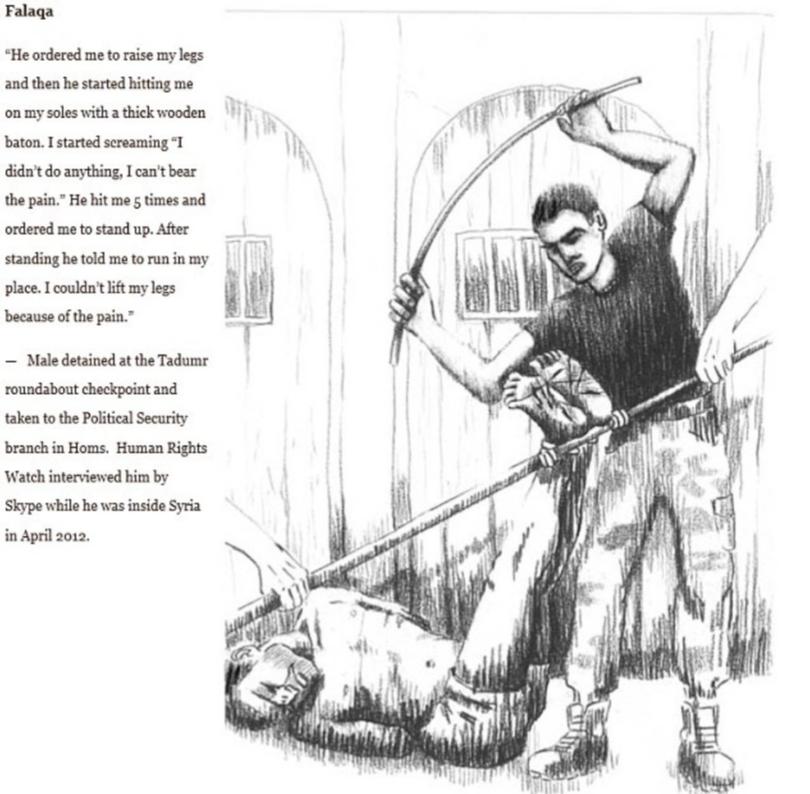
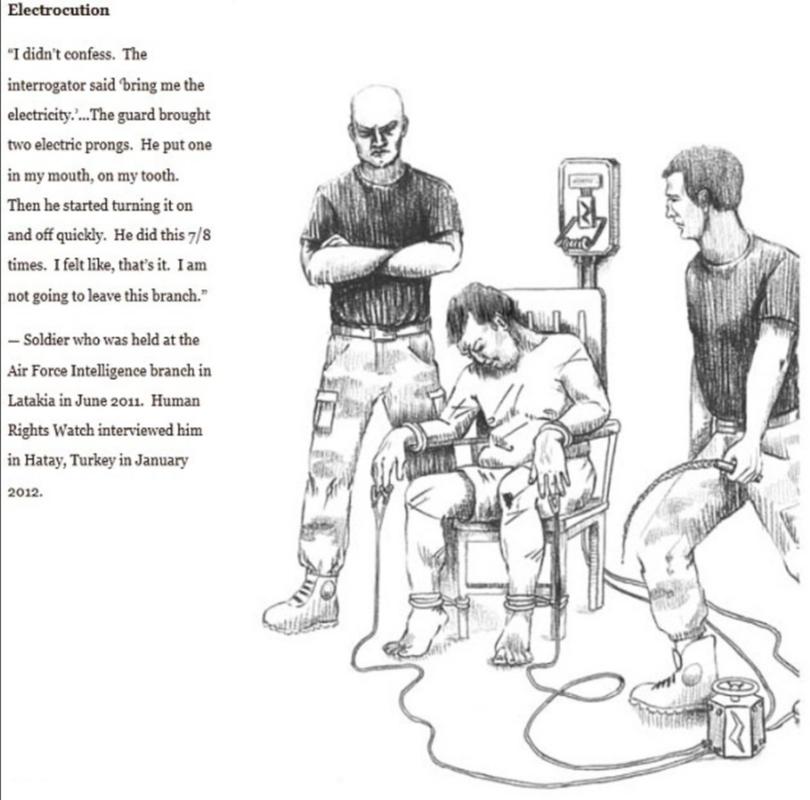
The sadism is sickening.
New footage from inside one of the jails shows a body-press, medieval in its barbarity, that seems to have been used to break bones and execute prisoners.
The human rights network documented 72 different methods of regime torture.
They include electrocuting genitals or hanging weights from them; burning with oil, metal rods, gunpowder or flammable pesticides; crushing heads between a wall and the prison cell’s door; inserting needles or metal pins into bodies; depriving prisoners of clothes, bathing, toilet facilities and so on.
Mariam Khleif, who was imprisoned for providing medical supplies to rebels, was kept in a three-foot square basement cell that held six other women.
Guards hung her from the walls and beat her.
Once, she claims, she saw a prisoner complain of hunger only for the guards to stuff his face with excrement.
Sexual violence was endemic.
Mariam was repeatedly raped.
“At midnight, they would take the beautiful girls to Colonel Suleiman (Juma, head of the Syrian state security’s Branch 320 in Hama) to rape,” says the human rights network.
He and his friends would assault them in a bedroom adjoining his office that was decorated with Assad’s photo.
They would also splash arak – a potent liquor – on the victims.
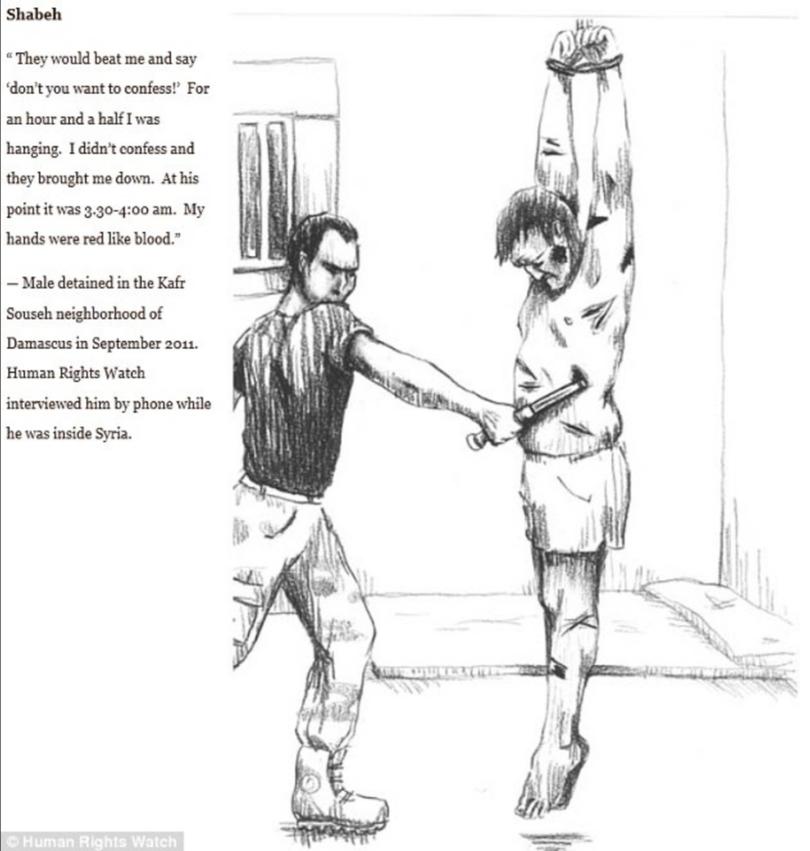
As the prisons empty, Syrians everywhere are desperate for news of loved ones – many who have been missing for years.
The so-called ‘Caesar’ files, a collection of over 55,000 photographs smuggled out of Syria in 2013 by a former military police photographer, document the systematic torture and deaths of more than 11,000 detainees in Syrian government custody between March 2011 and August 2013.
It is just a glimpse into the factory- level production of mass murder and torture Syrians faced under Assad.
Perhaps the apotheosis of Assad’s industrial-style brutality was Sednaya Prison.
Located outside Damascus, it sits on a hill and spans 1.4 sq km – equivalent to 184 football stadiums – and is surrounded by two minefields.
A 2017 Amnesty International report found thousands were killed in mass hangings in Sednaya, which it labelled a “Human Slaughterhouse”.
Between 20 and 50 people were killed every week, usually on Monday and Wednesday nights.
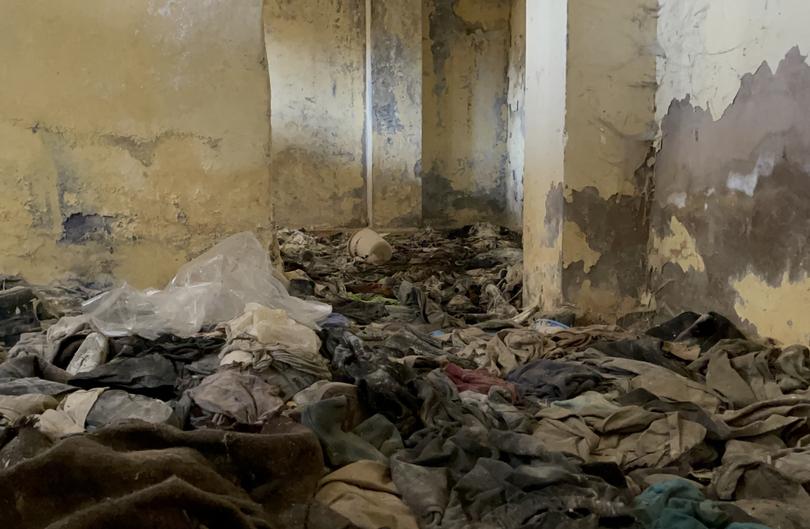
Amnesty estimated that between 5000 and 13,000 people were executed between September 2011 and December 2015.
Prisoners were sent to a “trial” at one of the two field courts at the military police HQ in the al-Qaboun neighbourhood of Damascus.
These trials would last “one to three minutes” and were no more than a parody of due process.
On execution day, prisoners were told they were being transferred to a civilian prison elsewhere but were instead brought to a basement and severely beaten, before being transferred to another detention facility inside Sednaya to be hanged.
Those who survived endured intense suffering.
They were blindfolded constantly, able to hear the ubiquitous sound of beatings and screams reverberate through vents and pipes.
So constant was the violence that the prisoners became able to distinguish between the sounds of belts and electric cables on flesh, and the difference between bodies being punched, kicked or beaten against the wall.
Some victims were held underground in freezing confinement cells designed for one person with dimensions of 2.4m by 1.5m, but which held up to 15 at a time.
And for the condemned of Sednaya the torture hasn’t stopped.
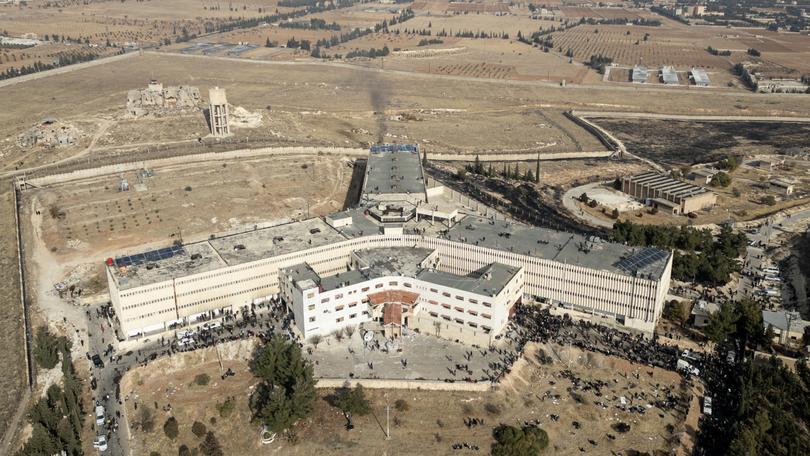
The Damascus Countryside Governorate has had to go on social media to ask people to provide the codes to electronic underground doors to free the “more than 100,000 detainees who can be seen on CCTV monitors”.
Now, though, the prisons are being emptied.
And while large numbers of prisoners are innocent opponents of the regime, a contingent are radical Islamists.
And the potential release of these prisoners, of course, presents a danger to the West.
Then there is Al-Hawl refugee camp, located in northern Syria, which houses around 50,000 prisoners, including British ISIS bride Shamima Begum.
While the exact number of jihadists within the camp is unclear, reports suggest that ISIS exerts significant influence over parts of the camp, using it for indoctrination.
This part of Syria is run by the Kurdish forces who now fear that the Turkish-backed Syrian National Army could advance on to its territory.
If this happens, it will no longer have the resources to oversee the camp – leading to another possible jihadi exodus, many of whom are British and could head our way.
We must continue to support our Kurdish allies as much as we can.
For now, however, it is a great day for Syrians who suffered for so long under the tyrannical yet hapless Assad, as I discuss in this week’s episode of the Mail’s weekly global affairs podcast 90 Seconds To Midnight.
After 13 years their revolution is finally victorious, let us hope for good.
